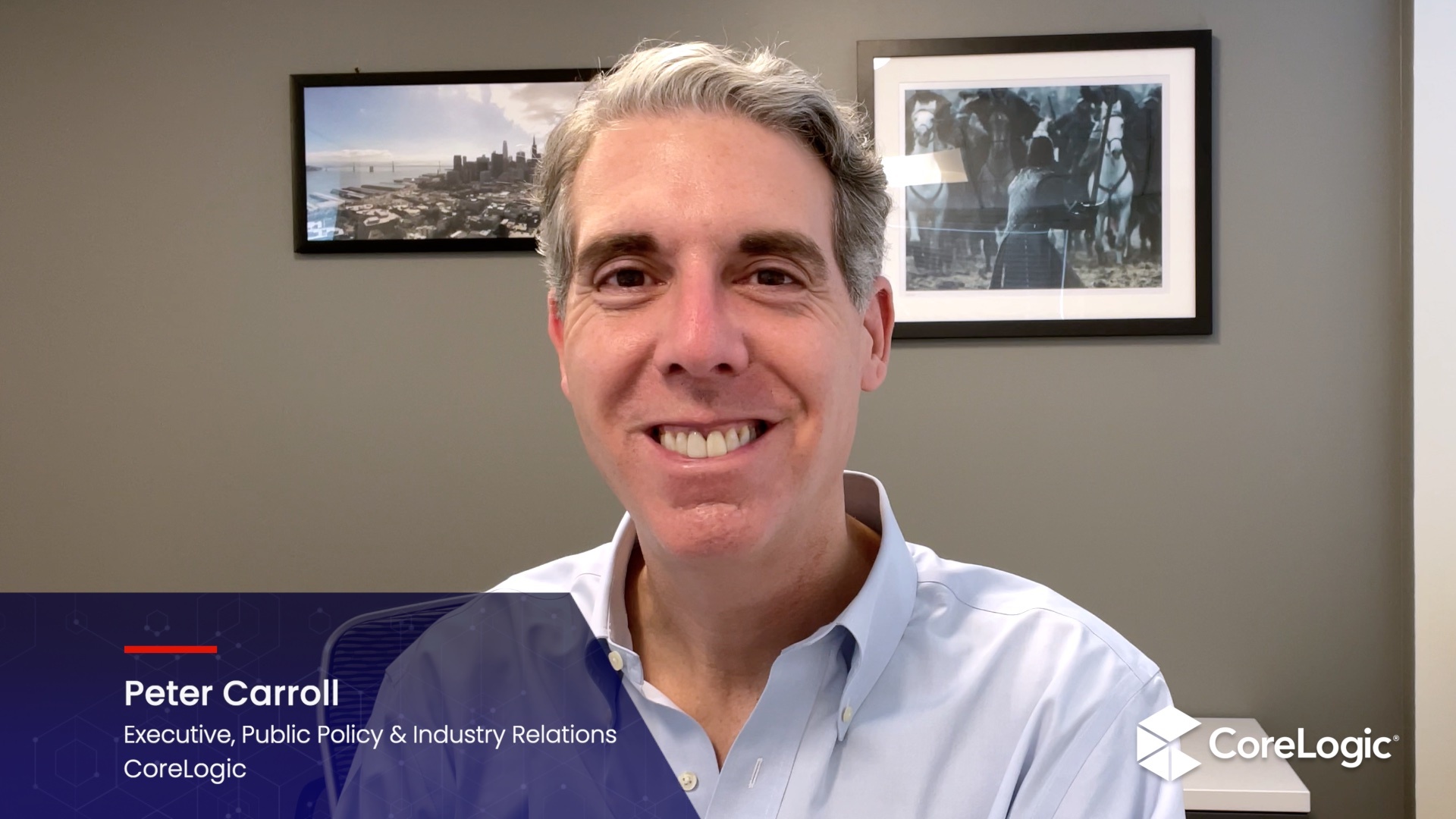New Episode: The U.S. Housing Supply Crisis: Homeownership Demand Challenges

Hi! I’m Pete Carroll, executive of public policy at CoreLogic, and today we’re going to talk about some of the solutions to these homeowner “demand” challenges, including restoring trust in the U.S. homeownership system and identifying new opportunities to create responsible, yet affordable mortgage financing.
The good news is that there are some great solutions out there that are working towards addressing these challenges.
The first part of this complicated problem, as we discussed in an earlier episode, involves bridging the Trust Gap. Some people, especially those who were adversely affected by the 2008 Financial Crisis, do not trust the housing and financial system. This inhibits them from believing that homeownership is worthwhile or attainable, which in turn inhibits growing credit, qualifying for mortgages, and eventually gaining wealth. When considering that homeownership is amongst the most effective multi-generational wealth creation opportunities that families can pursue, the downstream consequences of this are serious.
So how do we grow trust? First, greater financial literacy education and awareness are critical components to bridge the Trust Gap.
This includes financial readiness training. There are excellent programs offered by many housing counselors that are certified by the U.S. Department of Housing and Urban Development that assist would-be low-to-moderate income, or LMI, homeowners with learning simple yet effective budgeting techniques which we all struggle with. For homeowners on the margins of being able to afford homeownership, effective budgeting is critical to ensure steady repayment of their mortgage loan.
In addition, there are financial counseling services, such as those offered by Operation HOPE, that are laser-focused on helping LMI people who have been recently denied mortgage approval. These programs utilize a tailored and effective approach to rehabilitate their credit scores, or other key lending metrics, so that they can subsequently re-apply and qualify. These types of programs not only help LMI people qualify for affordable mortgage loans but, in demystifying the lending qualification process, they also help build confidence in both the homeownership system and its benefits.
The work of rebuilding trust is long and hard, but it is foundational if we are to ever fulfill the American Dream for everyone. Without it, no amount of financing options will be able to solve this crisis, which brings us to our second challenge: cultivating affordable and responsibly underwritten mortgage loans.
There is one approach which has already been a staple of the last decade: offering lower down payment loans to prospective homeowners who were unable to accumulate the minimum savings needed for a traditional down payment. This can be as high as 20% of the sale price of the home.
The federally-backed mortgage lending programs, FHA, Fannie Mae, and Freddie Mac all offer insurance for loans that have down payments as low as 3%, which goes a long way to expanding credit access responsibly to families who can otherwise demonstrate their ability and willingness to repay their loan.
In addition, there are thousands of down payment assistance programs available to LMI families that qualify. To facilitate this, there are new technology tools, such as Downpayment Resource, that match lenders with eligible people for these programs. Low down payment options are critical for families who have faced crushing debt burdens, such as student loan debt, and as a result have little in the way of residual savings to afford a down payment.
Moving forward, technology innovation, including utilizing artificial intelligence and machine learning, is also leading the way with new methods for mortgage underwriting—which we’ll cover in our next episode.


